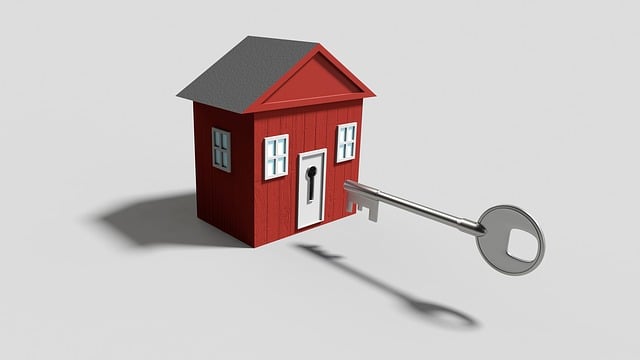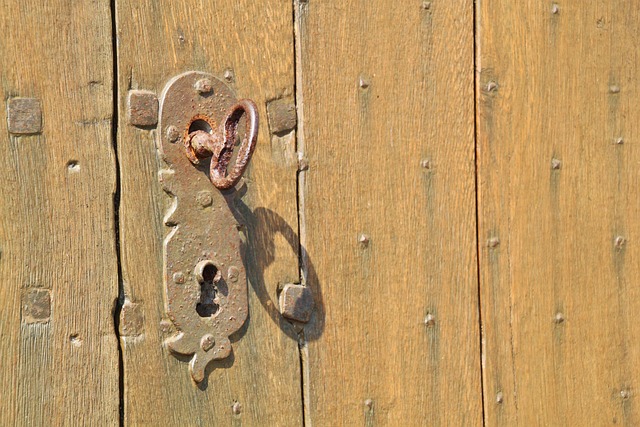Urban noise from construction, traffic, and events negatively impacts residents' lives in densely populated areas. Motion sensors offer a solution by detecting excessive noise levels and triggering interventions before disruptions worsen. Strategically deployed on urban properties, these sensors analyze real-time data on movement, traffic patterns, and wildlife behavior to implement targeted noise abatement strategies. Choosing the right alarm systems with accurate motion sensors, installing them in critical points, integrating with smart city infrastructure, and continuously testing are essential for effective noise management. Motion sensors enhance quality of life by minimizing false alarms and improving urban noise control, though challenges like sensor accuracy and complex layouts require technological advancements to fully realize their potential in creating quieter, more harmonious cities.
“Navigating the vibrant yet bustling urban landscape, noise pollution emerges as a silent disruptor, affecting property values, resident well-being, and city aesthetics. This article delves into innovative solutions: noise-sensitive alarms designed to minimize urban disruptions. By exploring the role of motion sensors in noise monitoring, we offer a step-by-step guide to implementation. We analyze benefits and challenges through real-world case studies, emphasizing the potential of motion sensors for enhancing urban properties.”
- Understanding Urban Disruptions and Their Impact
- The Role of Motion Sensors in Noise Monitoring
- Implementing Noise-Sensitive Alarms: A Step-by-Step Guide
- Benefits and Challenges: Case Studies from Real-World Applications
Understanding Urban Disruptions and Their Impact

Urban disruptions, caused by excessive noise, can significantly impact the quality of life in densely populated areas. These disturbances, often originating from construction sites, traffic, and public events, can lead to increased stress levels, sleep disruption, and overall annoyance among residents. In the context of urban properties, motion sensors play a pivotal role in mitigating these issues.
By employing advanced motion sensors for urban properties, it becomes possible to detect and monitor noise levels more effectively. These sensors can activate alarms or trigger specific measures when excessive noise is detected, allowing for timely interventions. This proactive approach ensures that potential disruptions are addressed before they escalate, fostering a more peaceful and harmonious urban environment.
The Role of Motion Sensors in Noise Monitoring

Motion sensors play a pivotal role in noise monitoring within urban environments, offering a dynamic approach to managing sound disruptions. These advanced devices are strategically deployed at various locations across properties, such as commercial buildings and residential areas, to accurately detect and track movement. By harnessing this technology, city managers and property owners can gain valuable insights into traffic patterns, pedestrian flows, and even the behavior of wildlife, all of which contribute to noise pollution levels.
Incorporating motion sensors for urban properties allows for real-time data collection and analysis, enabling proactive measures to minimize noise disturbances. The sensitivity of these sensors ensures that only valid movements are recorded, providing precise noise level readings. This information can be used to implement targeted noise abatement strategies, like adjusting traffic signals, managing construction schedules, or introducing sound barriers, thereby enhancing the overall quality of life for urban residents.
Implementing Noise-Sensitive Alarms: A Step-by-Step Guide

Implementing noise-sensitive alarms requires a strategic approach, especially in urban settings where minimizing disruptions is paramount. Here’s a step-by-step guide for integrating this technology effectively:
1. Assess Urban Properties: Begin by evaluating urban properties and identifying areas most susceptible to noise pollution. Consider factors like traffic patterns, dense population, and proximity to industrial zones. Utilize data from local authorities or environmental studies to pinpoint hot spots.
2. Choose Noise-Sensitive Alarm Systems: Opt for advanced alarm systems designed with motion sensors that can accurately detect and respond to noise levels. These systems should be capable of distinguishing between human activity, animal sounds, and environmental noises to avoid false triggers. Incorporate features like adjustable sensitivity settings and customizable response profiles.
3. Install Motion Sensors Strategically: Position motion sensors at critical points across urban properties. For instance, place them near entryways, windows, and potential access points. Ensure optimal coverage while avoiding areas prone to false positives, such as places with high wind or regular pedestrian traffic. Regularly test sensor performance and calibration for accurate readings.
4. Integrate with Smart City Infrastructure: Seamlessly connect noise-sensitive alarms to existing smart city networks for centralized monitoring and control. This integration enables real-time data sharing, allowing urban authorities to respond swiftly to noise-related issues. It also facilitates remote adjustments during emergencies or special events.
5. Test and Optimize Performance: Conduct regular field tests to ensure alarm systems function optimally under various conditions. Analyze noise levels at different times of the day and adjust settings accordingly. Continuously monitor feedback from residents and businesses to refine response protocols, ensuring both effectiveness and minimal disruption.
Benefits and Challenges: Case Studies from Real-World Applications

Noise-sensitive alarms equipped with advanced motion sensors offer a promising solution for minimizing urban disruptions caused by excessive noise. One of the key benefits is their ability to differentiate between human activity and animal sounds, ensuring false alarms are reduced significantly. This feature allows for more effective management of noise in residential areas, public spaces, and urban properties, enhancing the quality of life for city dwellers.
Despite these advantages, there are challenges to consider. Case studies from real-world applications highlight issues like sensor accuracy in low-visibility conditions and the potential for misinterpreting human behavior. Urban environments with complex layouts and diverse noise sources can also complicate alarm deployment. However, continuous advancements in sensor technology and machine learning algorithms are addressing these challenges, making motion sensors for urban properties an increasingly viable tool for creating quieter, more harmonious cities.
Noise-sensitive alarms equipped with motion sensors offer a promising solution for minimizing urban disruptions. By integrating these advanced technologies, cities can strike a balance between security and the overall well-being of residents. The step-by-step guide provided offers a practical framework for implementation, while case studies highlight successful real-world applications. Motion sensors for urban properties prove invaluable in enhancing noise monitoring, leading to more efficient and less disruptive alarm systems. This innovative approach not only contributes to better living environments but also sets the stage for smarter, more sustainable cities of the future.
